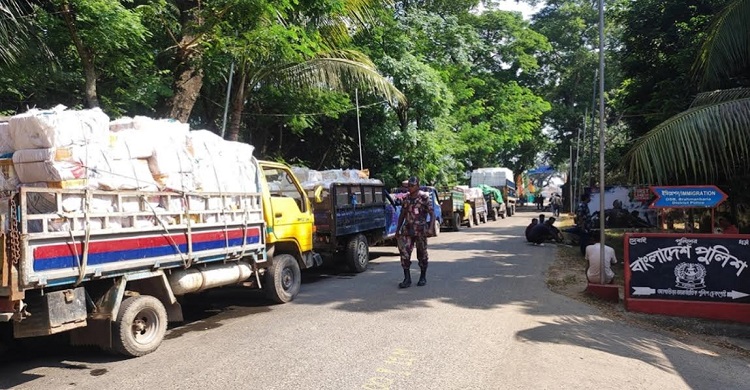
- Financial
Bangladesh's economy bounces back
- Financial
- 28 December, 2021 01:52:06
News Desk: Bangladesh economy is closing 2021 amid Covid-19 recovery with the resumption of economic activities, return of growth and clearance for the LDC exit despite disruptions caused by the global pandemic.
Rebound in exports and imports, foreign remittances, banks' credits to the private sector and vaccination programmes were the major factors contributing to the overall economic recovery in 2021.
Like 2020, the country had to embrace a fresh spell of countrywide lockdown in 2021 as well after the second wave of the corona pandemic caused by Delta variant.
But against the odds, the country’s GDP growth returned to 5.43 percent and per capita income rose to $2554 billion to become a $411 billion economy in FY21.
In FY20, Bangladesh’s growth slumped to 3.51 percent due to the corona pandemic that derailed the economy from a high growth path. A year earlier, the growth rate reached its peak at 8.15 percent after nearly a decade of over 6 percent growth.
‘Over the past several months, Bangladesh's macroeconomic management has experienced a testing time in the face of the COVID-19 pandemic,” executive director of Centre for Policy Dialogue (CPD) Dr Fahmida Khatun said.
“The negative impact of the pandemic was manifested in the majority of the key macroeconomic correlates. In a good sign, however, in the early months of FY2022, several indicators have shown signs of recovery,” he added.
The United Nations General Assembly (UNGA) in late November approved a resolution to allow Bangladesh to graduate from the least developed country (LDC) category by 2026. It was included in the category 45 years ago.
Meanwhile, commodity exports bounced back to $15.75 billion during July October period of FY2021-22, which was 22 percent up from 12.84 billion.
Exports gained further by 24.3 percent after first five months of FY22. Import payments growth was even higher at 51.4 percent in July-October FY22.
The export growth was attributed to higher demand for commodities, including intermediate goods to service export orders, and increased prices.
Capital machinery import also rose to pre-Covid level. Indirect tax collection at the import and export level was impressive. Rising import demand and increased commodity prices at the global level helped this improved growth.
NBR revenue collection grew by 16.6 percent during the July-October period of FY22 whereas the growth was only 3.5 percent one year ago.
Growth of credit to the private sector somewhat improved to 9.4 percent in October 2021, which was 8.3 percent at the end of FY21.
The demand for private sector credit has improved thanks to higher demand for import and export. But the growth remained still below 14.8 percent yearly target of the central bank.
Meanwhile, disbursement of agricultural credit increased by 12.6 percent in October 2021, while disbursement of non-farm rural credit increased by 50.7 percent.
Unfortunately, remittances inflow declined by 21 percent year-on-year during the July-November period of FY22
Recovery of small firms, high inflation, especially higher food prices, falling remittance inflow, devaluation of local currency taka against US dollar, pressure on the balance of payment, new poor and growing inequality posed a major challenge for the economy in 2021.
The negative balance of payment put pressure on the exchange rate despite robust export growth. The current account recorded a significant negative balance of $4.8 billion for the Jul-Oct period, largely due to the rise in trade deficit which was as high as $9.1 billion.
In the backdrop of the negative impact of COVID-19 on income and employment, the rising prices of essential commodities have caused serious anxiety, undermining the adjustment and recovery efforts.
Increased prices in the international market, the falling value of BDT against major currencies of importing sources, and lack of good governance contributed to rising prices of essentials.
The lockdown amid the second wave of the Covid-19 pushed an estimated 32.4 million people into poverty in Bangladesh, according to a study by Power and Participation Research Centre (PPRC) and BRAC Institute of Governance and Development (BIGD).
The situation forced more people to take up less-skilled jobs in order to survive and become more dependent on loans, it said.
The lockdown also slowed down the business-recovery process in Bangladesh as 64 per cent of the firms registered poor rebound from the pandemic disruptions during the April-June period of 2021, another survey showed.
“Bangladesh, like other countries, faces the daunting challenge of fully recovering from the COVID-19 pandemic which has constrained economic activities and reversed some of the gains achieved in the last decade,” the World Bank (WB) says.
Nevertheless, strong remittance inflows and a rebound in the export market has helped the economy to start recovering gradually, it said.
To recover fully and achieve its growth ambitions of achieving upper-middle-income status, Bangladesh needs to address the challenge of containing COVID-19, according to WB.
“Vaccinating the population will reduce the incidence of the disease and mortality and enable the full resumption of economic activities,” it says.
Bangladesh also needs to address the challenge of creating jobs through a competitive business environment, increased human capital and skilled labor force, efficient infrastructure, and a policy environment that attracts private investments.
Other development priorities include diversifying exports beyond the RMG sector; deepening the financial sector; making urbanization more sustainable and strengthening public institutions. Addressing infrastructure gaps would accelerate growth and reduce spatial disparities in opportunities across regions and within cities, WB suggests.
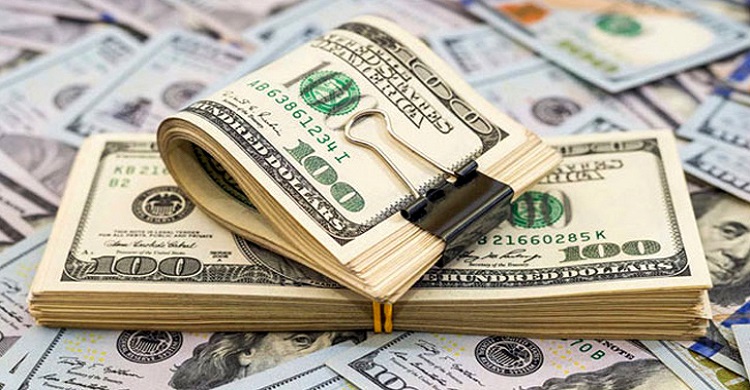
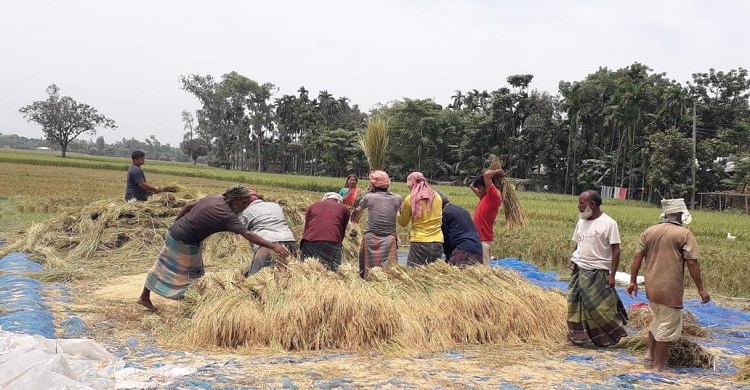
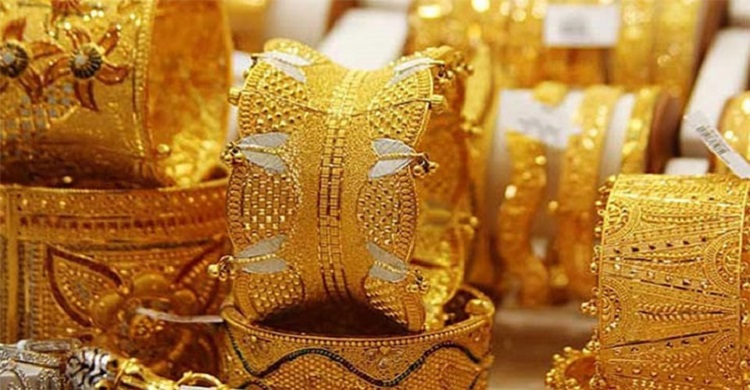
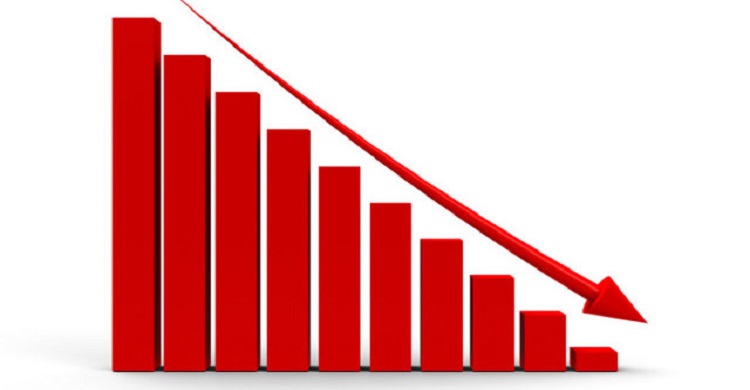
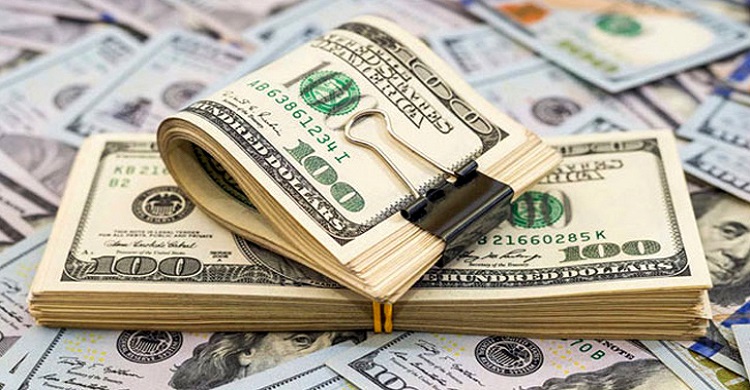
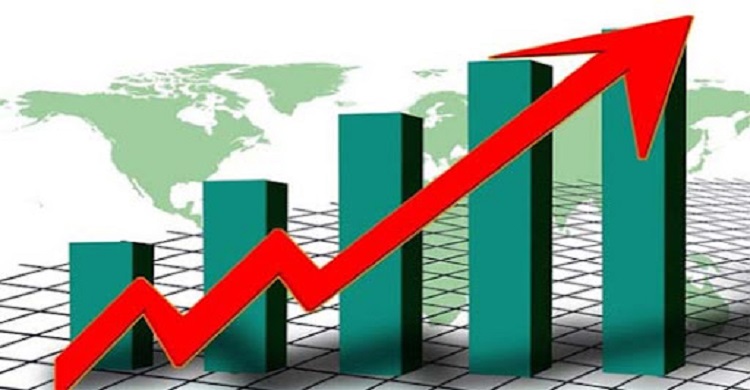
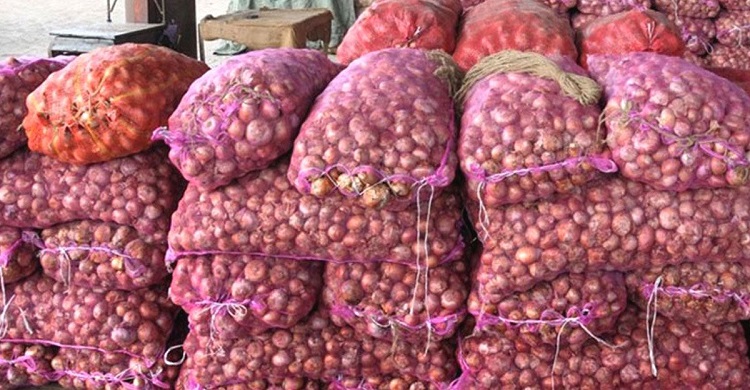
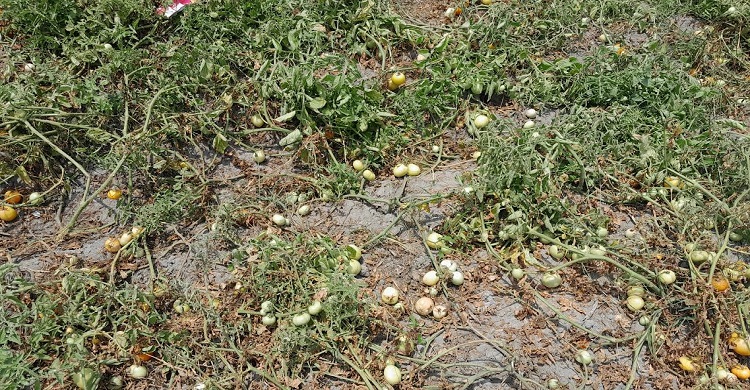
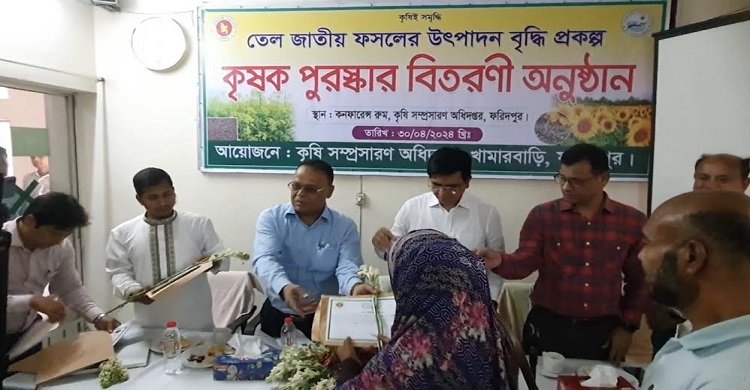
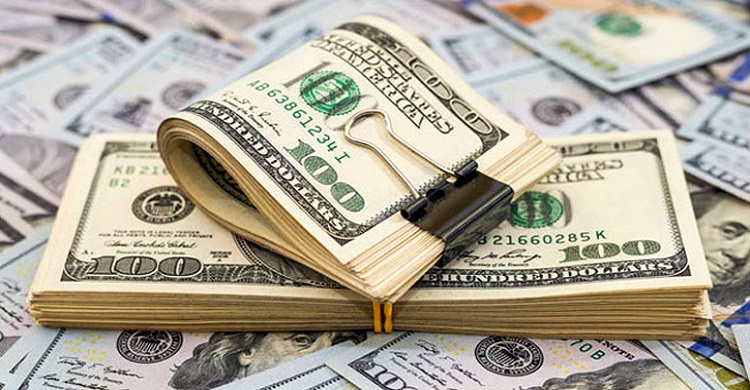



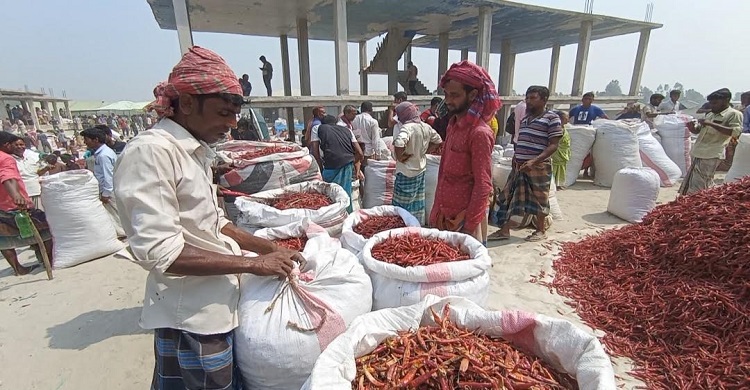
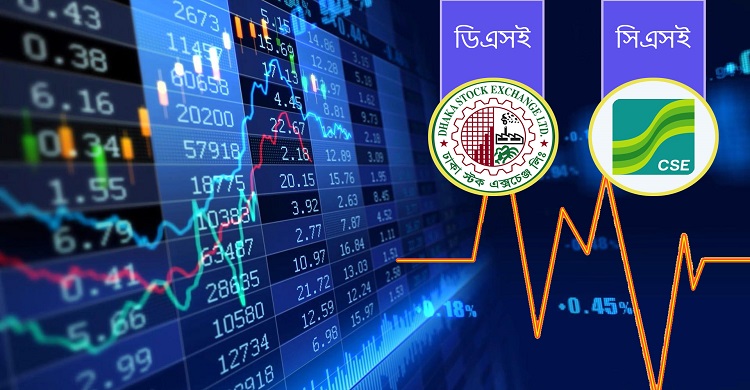
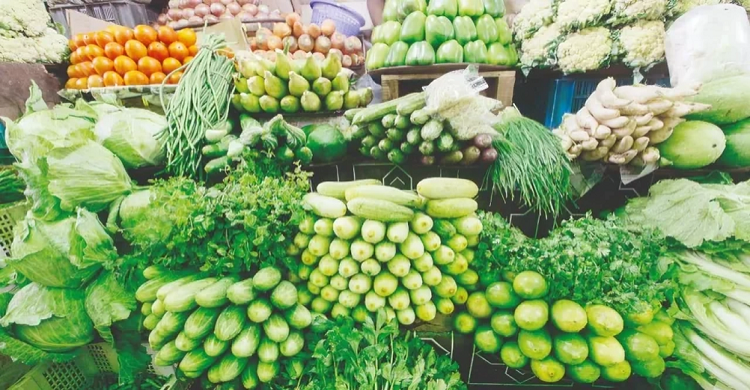

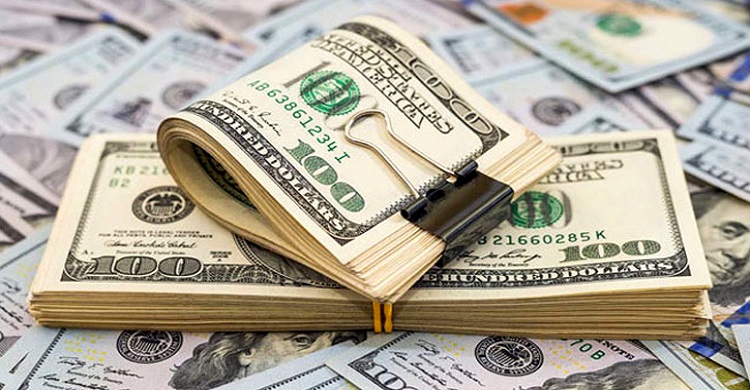
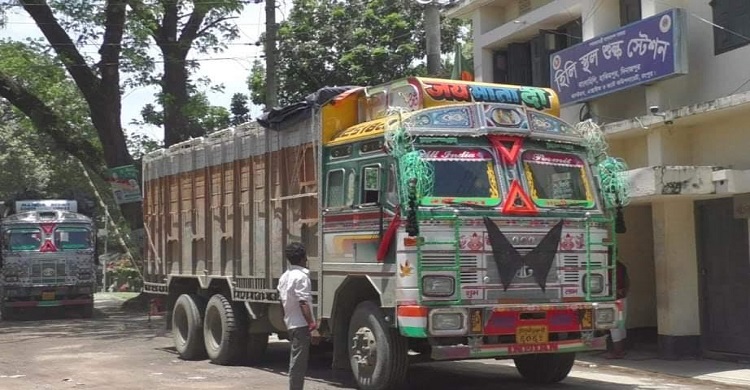
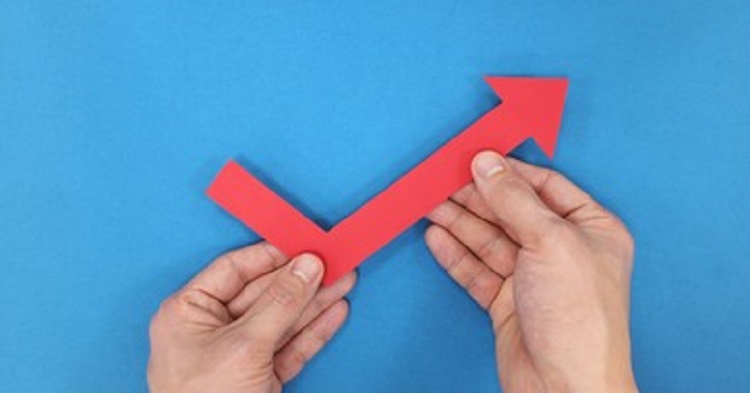
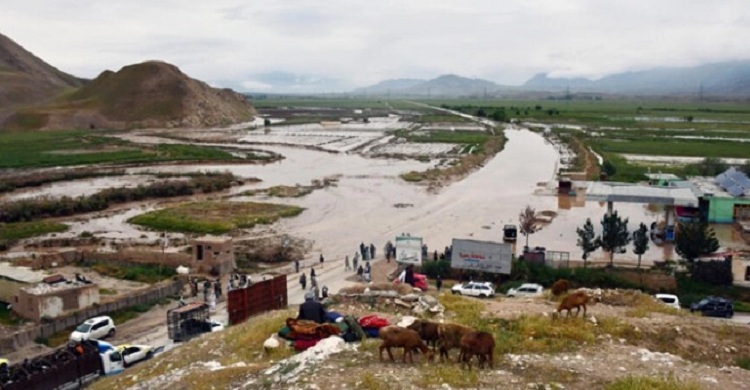







Comment ( 0)